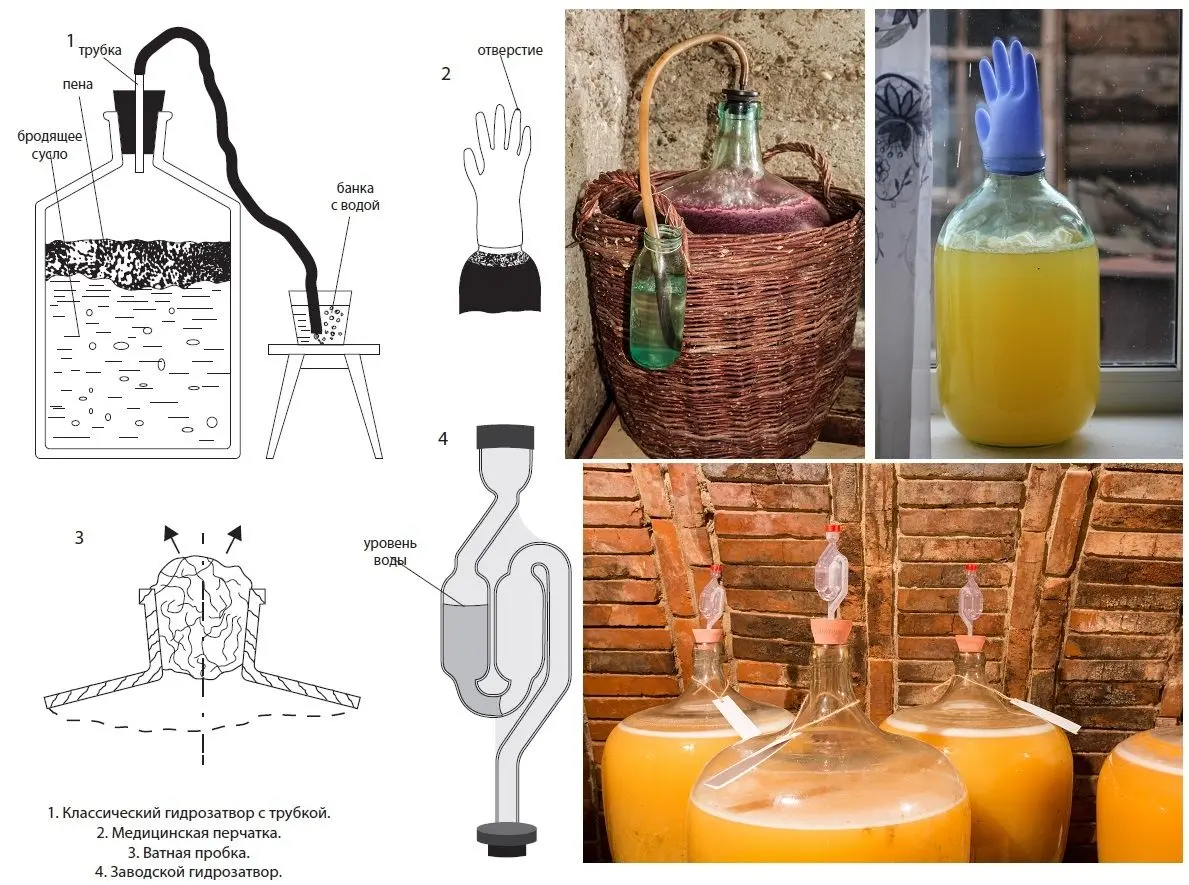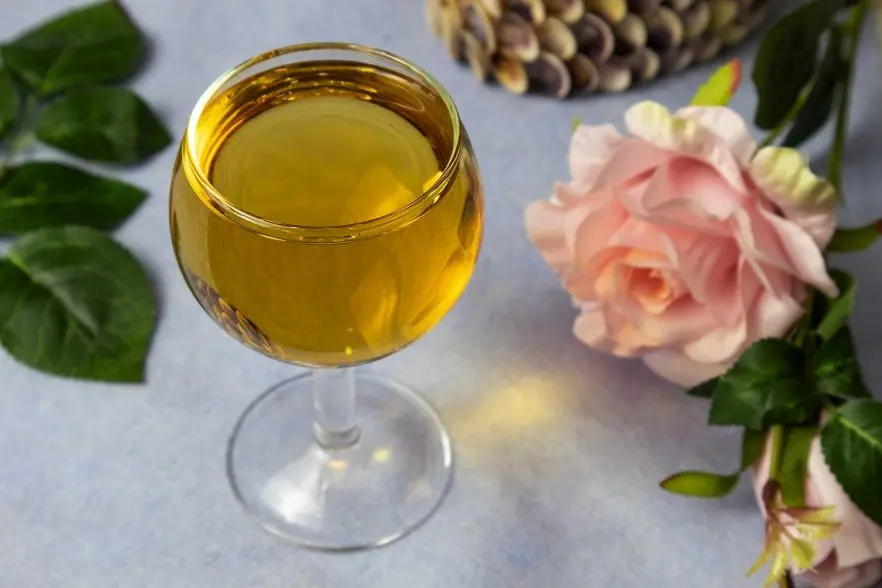Cloudberry is a favorite berry of Alexander Pushkin, growing in the wetlands of Siberia, the Far East and Belarus. If there are a lot of fruits, I advise you to make cloudberry wine at home. It will turn out a delicious yellowish drink with a light aroma of berries.
To make wine, you need fresh, freshly picked ripe berries of any variety. First, they need to be sorted out, removing rotten, spoiled and moldy. Even one bad berry can ruin an entire batch of wine. In order to prevent contamination of the wort, the containers used should be sterilized and wiped dry beforehand. Work with wine only with clean hands.
The berries cannot be washed; they contain wild yeast on their surface, thanks to which the must will ferment.
Ingredients:
- cloudberries – 5 kg;
- water – 3 liters;
- sugar – 1 kg.
Cloudberry wine recipe
1. Knead unwashed berries with your hands or a wooden rolling pin until smooth.
2. Fold the resulting mass into an enameled or plastic container with a wide neck.
3. Add water and 300 grams of sugar. Mix.
4. Cover the container with gauze, transfer to a dark room at room temperature.
5. Leave for 2-3 days. Once every 10-12 hours, stir with a clean hand or a wooden stick, drowning the pulp – a layer of pulp that has floated to the surface. On the first day, signs of fermentation should appear: hissing, foam and a slight smell of sour.
6. Strain the wort through cheesecloth, squeeze the pulp well. Squeezes are no longer needed.
7. Pour the resulting juice into a fermentation container, filling no more than 70% of the volume (there should be room for the released carbon dioxide and foam), add 300 grams of sugar, mix.
8. On the neck of the fermentation tank, install a water seal of any design or a medical rubber glove with a hole in one of the fingers (made with a needle).

9. Transfer the container to a dark room (or cover) with a temperature of 18-26°C.
10. After 5-6 days, add the remaining sugar (400 grams). To do this, remove the water seal, drain 250-300 ml of fermenting juice through a tube, dilute sugar in it. Pour the resulting syrup back, reinstall the water seal.
11. Depending on temperature and yeast activity, cloudberry wine fermentation usually lasts 30-50 days. The end of fermentation is evidenced by: the cessation of gas release from the water lock (bubbles do not go for a day), a layer of sediment at the bottom, the wine itself has become lighter.
If after 55 days the fermentation has not ended, to avoid the appearance of bitterness, drain the wine from the sediment through a straw and reinstall the water seal.
12. After the end of fermentation, drain the young cloudberry wine into another container without touching the sediment.
13. Try a drink. If desired, add sugar to taste (I advise no more than 150-200 grams per liter). If the fortress does not suit you, pour in vodka or diluted alcohol (40-45%) in an amount of 5-15% of the volume of wine. Fixing with alcohol promotes long-term storage.
14. Close the container hermetically (if sugar was added, you can put a water seal for 10-12 days, then close it tightly if there is no fermentation).
15. Transfer the young wine for aging to a dark place with a temperature of 8-16°C. It can be a cellar (basement) or a refrigerator. Leave for 3-6 months to ripen.
16. As sediment appears (at first every 2-3 weeks, then less often), filter the wine, pouring it into another container through a straw.
17. Pour the aged homemade wine from cloudberries into bottles, seal tightly. When stored in a cellar or refrigerator, the shelf life is 3 years, the fortress is 8-12% (without fixing with vodka).










